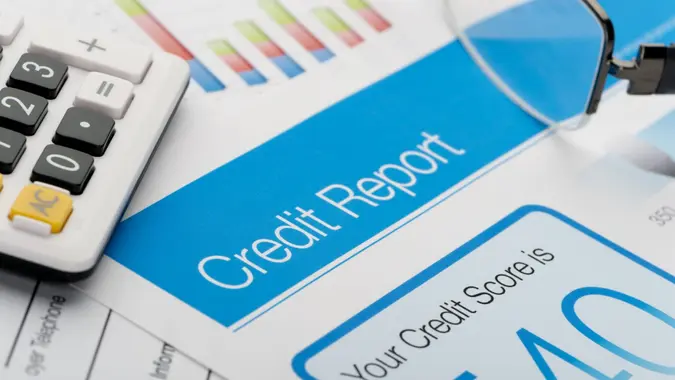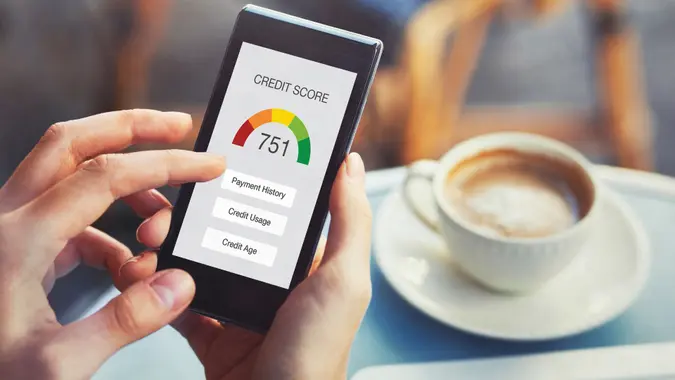4 Steps To Take If Your Credit Score Drops Right Before You Planned To Buy a House

Commitment to Our Readers
GOBankingRates' editorial team is committed to bringing you unbiased reviews and information. We use data-driven methodologies to evaluate financial products and services - our reviews and ratings are not influenced by advertisers. You can read more about our editorial guidelines and our products and services review methodology.

20 Years
Helping You Live Richer

Reviewed
by Experts

Trusted by
Millions of Readers
In January 2025, the U.S. Department of Education resumed reporting late or missed payments on federal student loans after a hiatus of over four years. The pandemic-related pause technically ended in October 2023, but a temporary 12-month “on ramp” to repayment plan was implemented to help borrowers ease into monthly payments.
According to the Federal Reserve Bank of New York, the move caused some credit scores to plummet. Over 5 million borrowers are now in default, which can make it nearly impossible to buy a home. Luckily, hopeful homebuyers do have some options to overcome these obstacles.
Here are four steps you should take if your credit score drops right before you planned to buy a house.
Request a Copy of Your Credit Report
First, you need to understand why your credit score took a nosedive. While slight fluctuations may be normal, a considerable point drop is not. According to Experian, a big dip in your score could be related to a missed or late payment, increased credit utilization, a foreclosure or bankruptcy, or a new credit application.
If you are unsure about the movement on your credit score, you need to look for the source. You can request a free copy of your credit reports from the three national consumer credit bureaus (Experian, TransUnion and Equifax). The bureaus may also offer free credit monitoring services to help you stay on top of your finances.
Once you determine the source of your credit score decline, you can take the steps necessary to rectify it. Be sure to carefully review the report to ensure that there is no fraud or unauthorized activity. You may be in default for an account you don’t even know about.
Contact the Credit Issuer
If the drop in your credit score was related to a late or missed payment, you can always contact the credit issuer to determine how to bring your account up to date. Once the creditor removes the delinquency, it should help improve your credit score.
Even if you are unable to pay your debt in full, it may still be worth contacting the lender. You may be able to arrange a payment plan. The goal is to bring your account to good standing and prevent future late or missed payments by establishing a manageable payment plan.
File a Dispute With the Credit Bureaus
In order to have a delinquency removed from your credit report, you may need to file a dispute with the credit bureau. It is particularly important to dispute any fraudulent charges. Make sure to check all three national bureaus to ensure accurate credit reporting.
You can dispute inaccuracies online, over the phone or via email. Follow up after you file and always keep a detailed record of when you submitted your claim and anyone who you spoke to about the issue.
Lower Credit Utilization
Finally, you can work to lower your credit utilization. According to Experian, 35% of your credit score is based on payment history, meaning just one late or missed payment can be devastating.
Coming in a close second is credit utilization, or the percentage of credit that you are using compared with what is available. The Consumer Financial Protection Bureau recommends having a credit utilization rate under 30%.
 Written by
Written by  Edited by
Edited by 






















